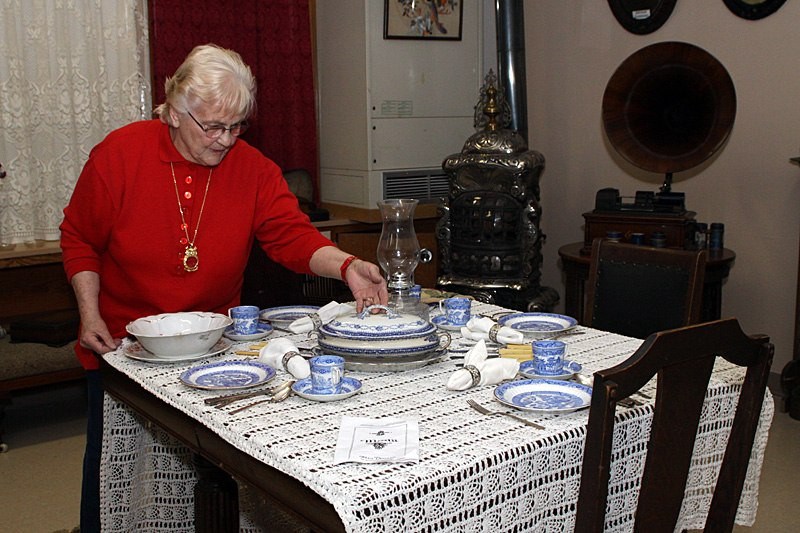Lois Garrity calls the Duke Hunt Museum Oliver-Paipoonge’s connection to its past.
“I think it is important to know who you are and where you came from,” says the 77-year-old curator of the Rosslyn Road facility.
“If you want to know something you can find it here if you dig enough.”
Garrity has spent the last 16 years as the museum’s curator. Her family has lived in the area for generations. Often when someone who lived in the area comes in and asks about their history, she says she’s old enough to know most of their grandparents.
“There’s something in here from pretty much everybody who has lived here,” she says.
The younger generations usually wait until they have a family of their own or a family member has died before a visit to the museum peaks their interest.
The collection has nearly 10,000 artifacts, some as old as 120 years. The museum, which started in a single room in 1952, highlights many periods throughout history including the two World Wars and the fur-trade.
Originally called the Paipoonge Museum, the name was changed following the amalgamation of the two townships and named after H.K. Hunt, who acted as curator.
The museum made a major move in 2009 after the municipality purchased a former school on Rosslyn Road.
Garrity says she wondered at the time how they were going to make such a big move.
Thankfully, plenty of people came out to help move the pieces of history to its new home. She says about 70 people came out to help.
The museum also acts as a community centre. Every Tuesday, about 30 to 45 seniors come to play cribbage. The facility also hosts coffeehouses and lectures.
“It’s the grandest place you’d ever want to go to,” Garrity says.
“People say ‘I’ve never heard of it’ and all of this kind of stuff. When they all come in, they’re all just blown away by the stuff that’s in here. They never have a clue what we have here. It covers all the history in the last 120 years.”
But to stay alive, the museum needs to attract more youth. Garrity says they’ve set up a Facebook account and hope to have the collection up online for people to view. Live music is also something the curator is considering.
“They’re the future and they’re going to look at this place one day and say ‘we better keep it or let it go’,” she says.
“To me this is not just a museum. It’s a place where people can come and go and meet one another.”
Mary Germain celebrated her 84th birthday in March. Born in Sioux Lookout, she came to the area in 1958 because her husband, Steve, had a family dairy farm.
“I’ve never been anywhere with a bunch of cows I can tell you that,” she says. “But you learn pretty quickly.”
She says her involvement with the museum started when she first began to donate family heirlooms from her husband’s family farm. Over time, she became more interested in the operations of the museum and decided to take an active role.
She worked as the chairwoman for the museum’s board of directors for many years before she took on the role of vice-chair.
“It’s really important for people to have somewhere to give all of their articles that’s the biggest thing,” she says. “Everyone that does come to the museum thoroughly enjoys it. Museums aren’t a necessity but they’re certainly something that I believe should be preserved and looked after.”
The museum is scheduled to reopen for the season on May 4. For more information, visit the museum’s website.
